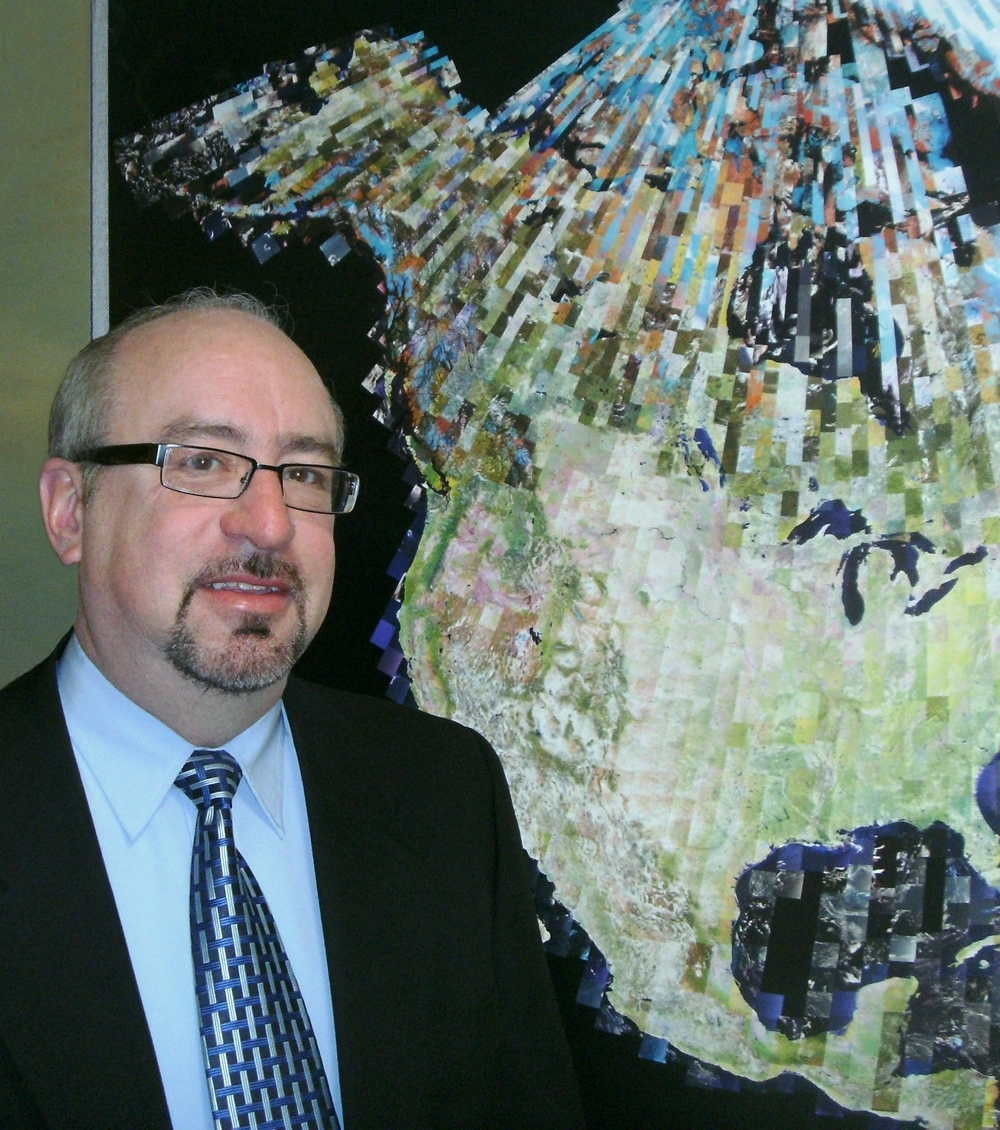
We’re pleased you could attend this 11th edition of the ICNS Conference, “Renovating the Global Air Transportation System.” We hope you enjoy and derive valuable professional benefits from our popular format of morning plenary sessions and afternoon technical tracks, providing a range of experiences, from high level air transportation system policy through cutting-edge research results. Take advantage of opportunities to network with your colleagues during our morning breakfasts and coffee breaks, lunches, and afternoon breaks. Then relax and have fun at our evening events.
Since 2001, the aeronautical communications, navigation, surveillance and information management community has gathered annually to review and exchange information on ICNS progress, policy, research, testing, demonstration, and planning – recognizing the foundational role of the CNS infrastructure in the future advancement of the global air transportation system, as envisioned through NextGen, SESAR and other vital initiatives throughout the world.
During the past 10 years, the ICNS conference has fostered information exchange, collaboration and education for the ICNS community. New research, development and implementations programs have been described, discussed and advanced; progress of ongoing programs presented; and new ideas fostered and developed. Progress in the “integration” part of ICNS has also been greatly in evidence at ICNS — datalink communications, ADS-B, SWIM, and aviation spectrum re-allocations, to name a few.
My favorite ICNS Conference impact example to cite is in airport surface wireless communications, proposed as the primary ICNS airport surface requirement at the first two ICNS conferences. Airport surface communications research became a major part of NASA’s ACAST Project as a result, including a CNS testbed for developing airport surface communications technologies. The EUROCONTROL-FAA Future Communications Study, whose progress was constantly featured at ICNS, recommending a wireless airport surface communications standard that the CNS testbed has been able to investigate through the world’s first prototype system. Now, RTCA and Eurocae committees are well on their way toward developing standards for “AeroMACS,” the broadband airport surface communications link of NextGen and SESAR.
But rather than focusing on past success, we would like this edition of the ICNS Conference to help chart a path to the future. The next decade of ICNS will face many challenges in research, development, implementation and operation of the future ICNS infrastructure. How will we address increasing spectrum constraints, transition to digital communications, surveillance system integration, robustness of satellite-based navigation, avionics equipage limitations, secure airborne networking, unmanned aircraft system integration into the airspace, and many more issues?
Let’s get started!
Bob Kerczewski
2011 ICNS Conference General Chair

